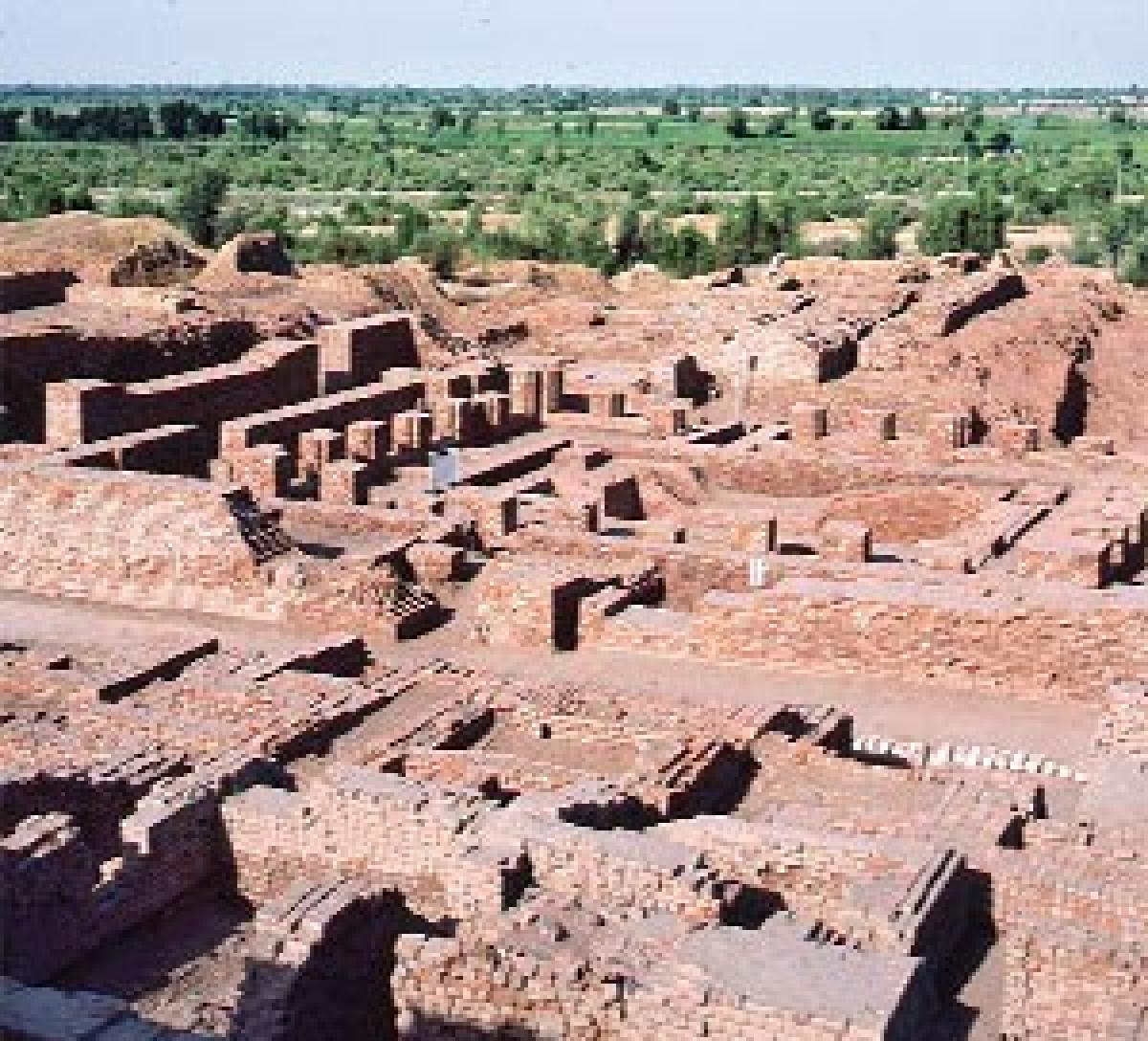Live
- Elon Musk to Enter the Smart TV Market with the X TV App
- Ongole: Bhashyam school students excel in SSC
- SRMJEEE 2024 Phase I exams conclude
- Rajamahendravaram: Drawing contest held on reading habits
- VIT-AP bags Education Excellence Award
- Chief Secretary reviews arrangements for V-P visit
- KCR all set to roll out poll juggernaut with bus yatra
- Smart vision glasses distributed to visually impaired
- AYUSH dept clarifies on stipends of house surgeons
- KCR would have remained a non-entity, hadn’t Sonia gifted TS: Jagga Reddy
Just In
Civilisations around the world lost in the sands of time


Lost to time and dust, there are several civilizations, cultures and cities that have been buried under and forgotten. So, here are some lesser known and prosperous ancient cities that were lost to the ravages of time and what they look like now.
Lost to time and dust, there are several civilizations, cultures and cities that have been buried under and forgotten. So, here are some lesser known and prosperous ancient cities that were lost to the ravages of time and what they look like now.
Rakhigarhi, Haryana
From the pre-Indus valley civilisation era, it is one of the oldest settlements (dating back to around 4600 BC) and the largest town during that era. Excavation by archaeologists revealed paved roads, a drainage system, large rainwater collection systems, a storage system and precious metals.
Kalibangan, Rajasthan
The Hanumangarh district of today was once one of the most important provincial capitals of the Indus Valley civilization. Kalibangan has been speculated to have met its demise following the drying up of the Sarasvati river sometime between 2000 BC and 1900 BC. But with evidence of advanced water engineering, the city housed a few geniuses.
Ani, Turkey
Risen during the fifth century as the capital of Armenia and the most flourishing and prosperous trade city at the time, Ani now resides as a broken ruin in present day Turkey. It declined due to Mongol raids and an earthquake in the 13th century. With shift in trade routes off course, the city was left completely abandoned.
Dholavira, Gujarat
One of the largest and oldest archaeological sites in India, Dholavira was occupied in 2650 BC but started its decline after 2100 BC. The city was recorded to have been reoccupied in 1450 BC, but there seems to be no other record of it. Part of the Indus valley civilization, Dholavira is also the oldest example of rain water harvesting.
Timgad, Algeria
Excavated in 1881, it was historically known to be an important Roman city, established in 100 AD. Built for a population of 1,50,000 the city spilled over and suffered because of it. Timgad eventually suffered two large scale invasions, two centuries apart with the city finally disappearing from the history books around eighth century.
Mesa Verde, America
Mesa Verde was built during the 12th century but quickly left and abandoned by its citizens during the 1300s. The reason for sudden departure of its people remains unknown, but the town still remains intact, like a photograph of what it used to be.
Palmyra, Syria
A wealthy city that served as the hub for trade from the ports of Roman Syria started diminishing after 212 AD, due to the Sassanid threat, which eventually led to walls being built to surround the city. It was abandoned after the Arab invasion in the seventh century and was left to ruin under the Ottoman Empire.
Leptis Magna, Libya
Leptis Magna was a prominent and wealthy trade city of the Roman empire located in present day Libya. The city was considered one of the best in the world, but like many others the city fell to the Arab conquest in 642 AD, and was left to be buried under the sand.
Ctesiphon, Iraq
Ctesiphon was one of the largest cities in the world around sixth century. An integral part of the ancient Mesopotamia declined after the Islamic conquest of Persia in 637 AD. The great arch of Taq-i Kisra remains as the only surviving feature of this ancient city today.
Hvalsey, Greenland
Established by Norse farmers who emigrated from Iceland Hvalsey eventually fell into decline when the western settlement died out. The city was abandoned sometime during the 14th century, and all that remains is the skeleton of an old church.

© 2024 Hyderabad Media House Limited/The Hans India. All rights reserved. Powered by hocalwire.com






